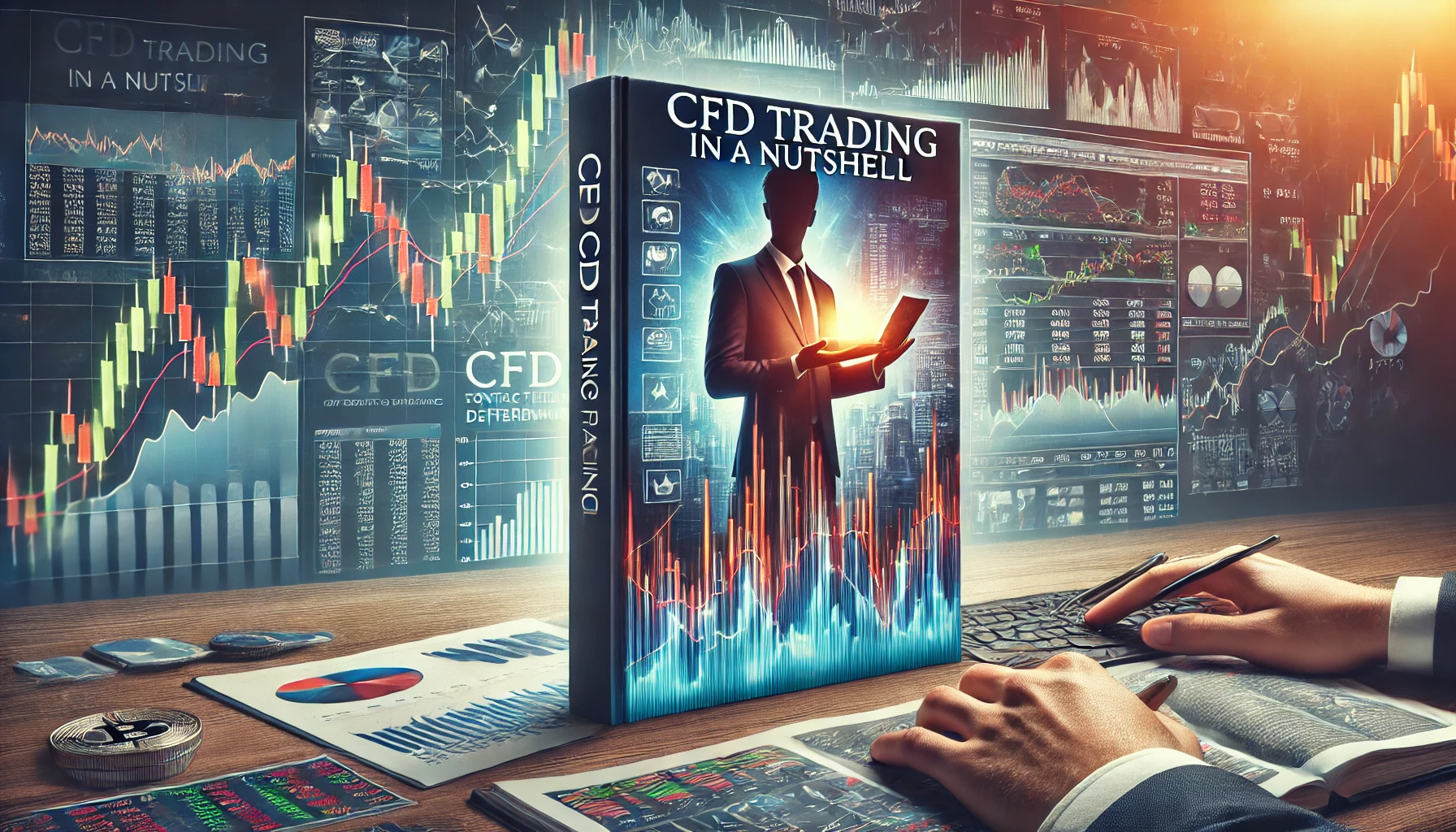Contracts for Difference (CFDs) are popular financial instruments that allow traders to speculate on the price movements of various assets without owning the underlying asset. CFDs provide a flexible and leveraged way to trade a range of markets, including forex, stocks, commodities, and indices. This article explains the fundamentals of CFD trading, its benefits and risks, and essential strategies for success.
What is CFD Trading?
CFD trading involves a contract between a trader and a broker to exchange the difference in the value of an asset from the time the contract is opened to the time it is closed. Traders can go long (buy) if they anticipate the price will rise or go short (sell) if they expect the price will fall. The profit or loss is determined by the difference between the entry and exit prices.
How Does CFD Trading Work?
Leverage
CFDs are leveraged products, meaning traders can control a large position with a relatively small amount of capital. Leverage amplifies both profits and losses, making it essential to use it cautiously.
Margin
To open a CFD position, traders need to deposit a margin, a fraction of the total trade value. There are two types of margins: the initial margin to open the position and the maintenance margin to keep the position open if it incurs losses.
Learn more about leverage and margin.
Spread
The spread is the difference between the buying price (ask) and the selling price (bid) of the CFD. Brokers make money through the spread, so it is an important cost factor for traders to consider.
Overnight Fees
Holding CFD positions overnight incurs a financing cost known as the overnight fee or swap rate. This fee is charged based on the value of the position and the duration it is held.
Benefits of CFD Trading
Diversification
CFD trading allows access to a wide range of markets and assets, enabling traders to diversify their portfolios and spread risk.
No Ownership
Since CFDs are derivative products, traders do not own the underlying asset. This means no costs or responsibilities related to asset ownership, such as storage for commodities or dividends for stocks.
Flexibility
CFDs offer flexibility with various trading strategies, including hedging and speculation. Traders can profit from both rising and falling markets.
Tax Efficiency
In some jurisdictions, CFD trading is considered more tax-efficient compared to other forms of trading. However, tax laws vary, so it is important to consult with a tax advisor.
Explore more benefits of CFD trading.
Risks of CFD Trading
High Leverage Risk
While leverage can amplify profits, it also increases the potential for significant losses. Traders need to manage leverage carefully and use risk management tools such as stop-loss orders.
Market Volatility
CFDs are subject to market volatility, which can lead to rapid price fluctuations and potential losses. Traders should be prepared for sudden market movements.
Counterparty Risk
CFD trading involves a contract with a broker, which introduces counterparty risk. If the broker fails, traders may lose their funds. It is crucial to choose a reputable and regulated broker.
Essential Strategies for CFD Trading
Technical Analysis
Technical analysis involves studying price charts, patterns, and indicators to predict future price movements. Common tools include moving averages, RSI, and MACD.
Fundamental Analysis
Fundamental analysis assesses the intrinsic value of an asset by examining economic indicators, financial statements, and news events. This approach is often used for longer-term trading.
Risk Management
Effective risk management is crucial in CFD trading. This includes setting stop-loss orders, limiting leverage, and diversifying trades to manage potential losses.
Learn more about technical and fundamental analysis.
Choosing a CFD Broker
Regulation
Ensure the broker is regulated by a reputable authority. Regulation provides a level of security and protection for traders’ funds.
Trading Platform
The trading platform should be user-friendly, reliable, and offer the necessary tools and features for effective trading.
Costs and Fees
Compare the costs and fees associated with CFD trading, including spreads, overnight fees, and commissions. Choose a broker that offers competitive rates.
Conclusion
CFD trading offers a versatile and leveraged way to trade various markets. While it provides opportunities for significant profits, it also carries substantial risks. Understanding the fundamentals of CFD trading, managing leverage and risk effectively, and choosing a reputable broker are essential steps for success. By applying sound trading strategies and continuously educating oneself, traders can navigate the complexities of CFD trading and potentially achieve their financial goals.





